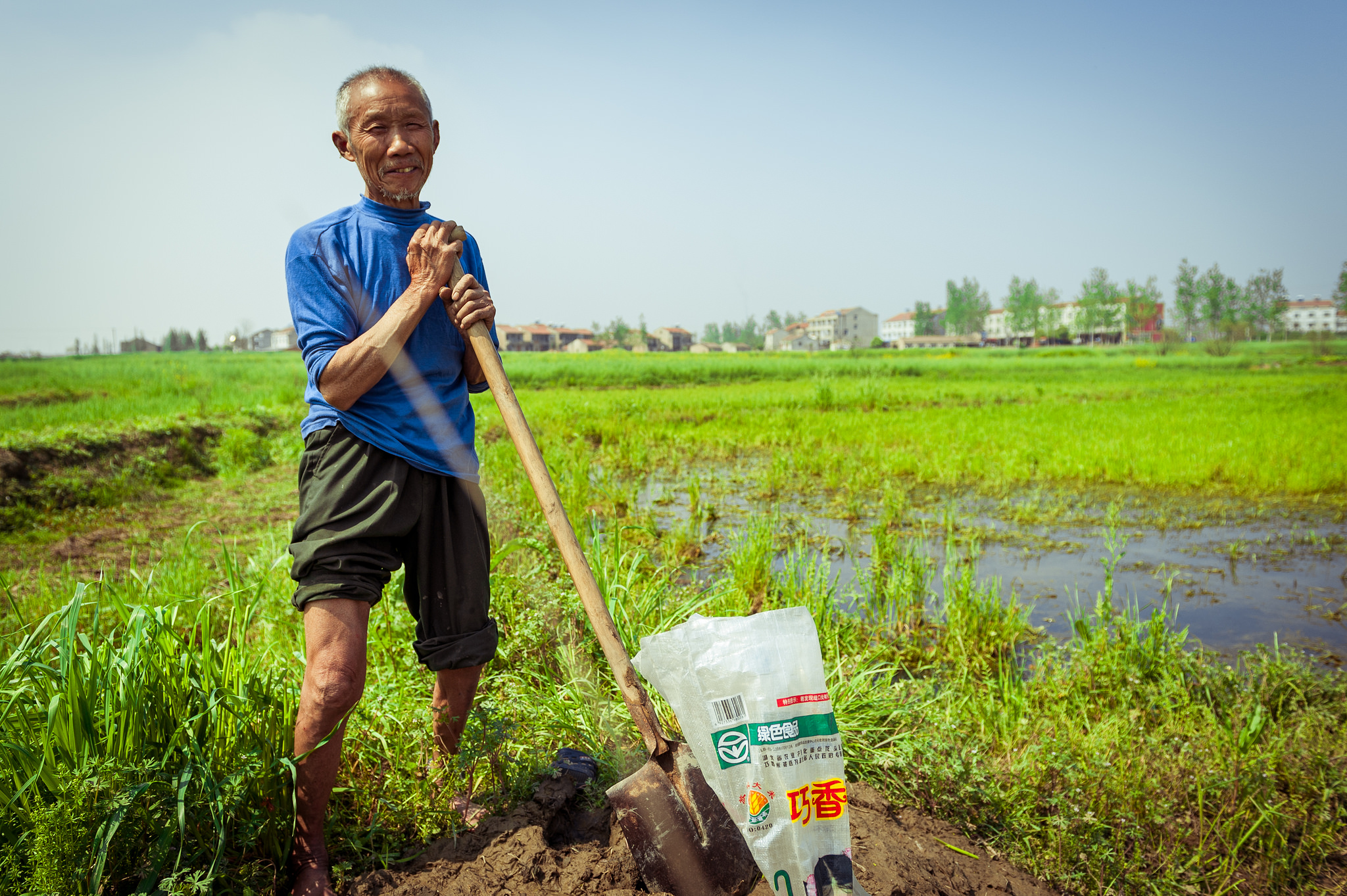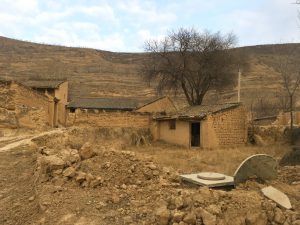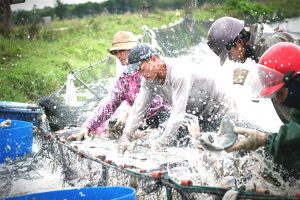Over coming decades, hundreds of communities will likely be faced with the prospect of mass forced or voluntary relocation because there is simply not enough water to support business-as-usual agriculture and industry.
The story of the Xihaigu region (published recently on China Dialogue) in China’s Ningxia province is one of a growing number of cautionary tales.
Where settlements are “too big to fail” (think Beijing or São Paulo), there will be no option but to bring more water in (e.g. China’s South-North Water Transfer Project) or fundamentally change the way existing water resources are used. So, what are the changes that we can make and how costly are they?
More than 50% of the world’s cities and 75% of all irrigated farms are experiencing water shortages on a recurring basis. Where water scarcity exists, more than 90% of water consumption on average goes to irrigated agriculture. The agricultural sector is an obvious target for improving the way water is allocated and used. And there are proven ways to promote efficiency.
Generally, the tools for managing water scarcity already exist and can be adopted or applied at a cost to national, provincial or state budgets that is significantly less than the value of the resulting benefits for people, economies and environments.
In China, technical measures (the use of polythene soil covers, canal lining, and planting of drought-resistant crop varieties), economic incentives (expanded water metering to support volumetric pricing), and regulatory incentives (formalising legal water rights and enabling the trading of rights) have been adopted to varying degrees. Many of these can deliver benefits that are larger than their associated costs.
In many instances, current inefficiencies in water allocation and use are so profound that major water and financial savings could be realised with the implementation of relatively small incremental changes.
Nearly a decade ago, the 2030 Water Resources Group showed that almost all of the lowest-cost options for closing the gap between water supply and demand in India by 2030 targeted agricultural efficiency and productivity. These included: no-till farming; reduced over-irrigation; rice intensification; optimised fertiliser application; and improved drainage.
While more technologically advanced than most existing means of conducting irrigated agriculture in India, these are by no means ground-breaking advances in water management.
National and local water management ministries and authorities facing challenges from water scarcity must develop plans for financing and implementing demand-side interventions if they are to avoid costly, disruptive and often traumatic mass relocation of communities. If people stay and conditions worsen, economic inequality and environmental degradation is almost inevitable. A critical part of the solution is to better understand and communicate the value of water and the true cost of inaction.
Decision makers must act now: the road ahead is long, and the political and implementation challenges along the way may appear insurmountable. But there is no future – economic, social or environmental – in draining rivers and pumping aquifers dry.








